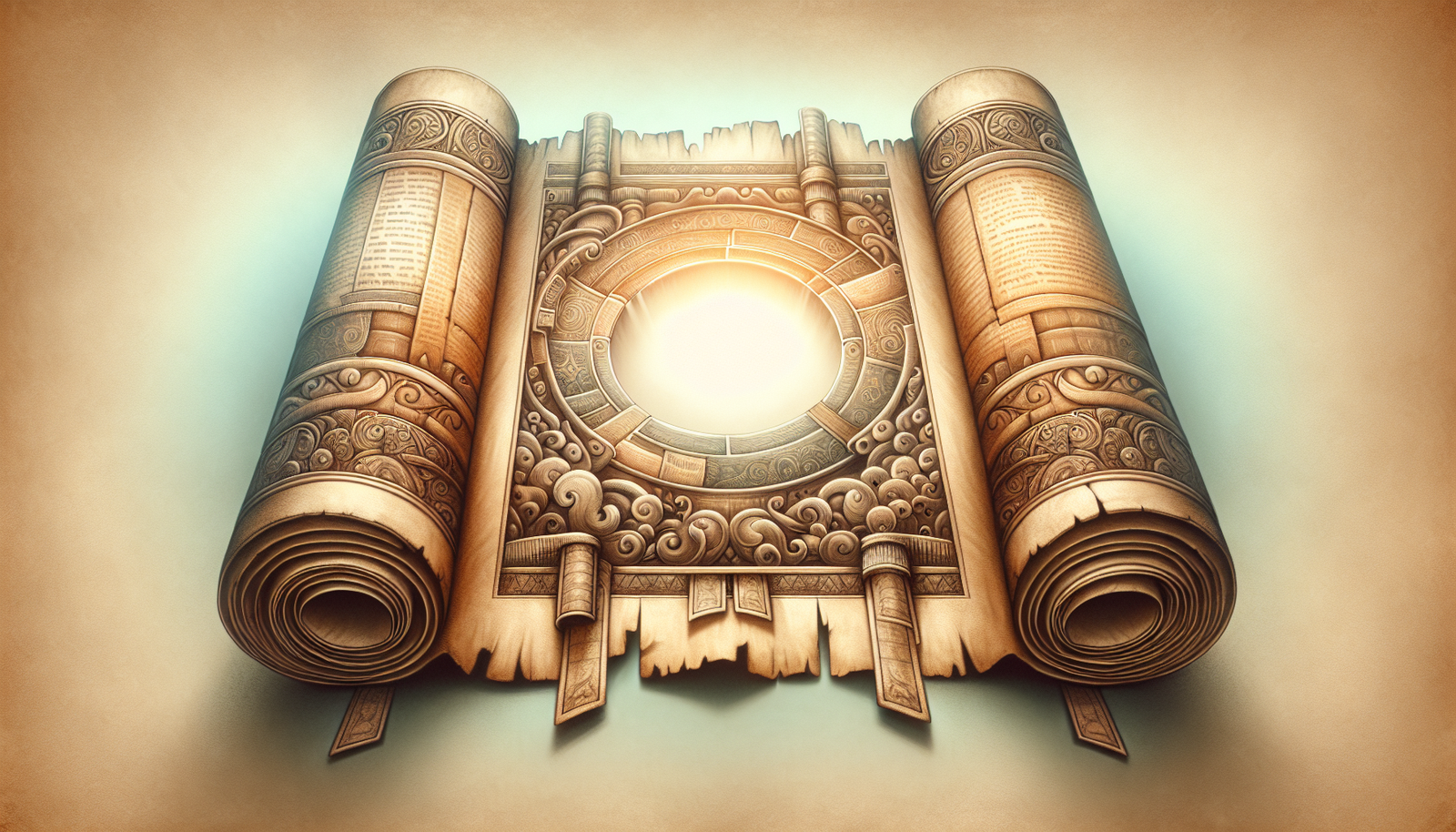Have you ever considered how a single archaeological find could alter our understanding of biblical history? What if a newly discovered artifact challenged the timeline you’ve long accepted as fact? Such a discovery of an ancient Hebrew inscription promises to redefine established biblical timelines, captivating scholars and enthusiasts alike. This article delves into this fascinating subject, exploring the context of the discovery, the archaeological evidence, and its significant implications on biblical studies.
Discovery Context
To appreciate the scope of this discovery, it’s essential to understand its biblical reference, historical background, and geographic origin. The context of the finding indicates a timeline shake-up initiated by an ancient Hebrew inscription, remarkably well-preserved.
Historical Background
The inscription in discussion was uncovered in a region rich with religious history. Its precise origins trace back to a period often mentioned in biblical texts, indicating a critical phase in scriptural history. Many scholars have debated this era’s timeline, yet this find could hold the key to resolving longstanding uncertainties.
Biblical Reference and Geographic Location
The inscription was found in Israel, a country steeped in biblical history, especially significant as the backdrop to many Old Testament stories. Its geographical relevance places this discovery at a nexus of ancient civilizations, adding complexity to its historical implications. The regional context is crucial, given that this area frequently appears in scriptural narratives, playing a pivotal role in religious accounts.
Recent Findings
Dating back several millennia, the inscription was discovered during a routine excavation. It was extracted from a site archaeologists had long considered significant for its wealth of artifacts tied to ancient cultures. The find was both unexpected and groundbreaking, as each character carved into the artifact ties it to a historical context previously thought speculative or even mythical.
Archaeological Evidence
Solidifying the claim that this inscription alters biblical timelines requires robust archaeological evidence. This includes the nature of the artifacts found, the dating methods employed, and expert interpretations regarding their significance.
Specific Artifacts
Among the artifacts at the site, the Hebrew inscription stood out due to its clarity and content. It was etched onto a stone tablet, which remained relatively intact over the centuries. Such inscriptions are rare, and their preservation offers valuable insights into the era’s culture and language.
Dating Methods
Sophisticated dating methods have placed this artifact in a specific antiquity period, corroborated by both radiocarbon dating and paleographic analysis. These methods precisely date the inscription, aligning with specific periods in the biblical chronology that were previously speculative. The intersection of scientific dating techniques and biblical scholarship offers a compelling picture of historical accuracy.
Physical Descriptions and Expert Interpretations
The inscription, carved in ancient Hebrew, comprises syntax and lexicon indicative of its era. Experts specializing in Semitic languages have concluded it belongs to a time when written Hebrew was evolving, significantly impacting our understanding of the language’s development. As specialists scrutinize the inscription, interpretations promise to redefine standard biblical timelines, suggesting revisions to scriptural chronology and events.
Significance
The implications of this discovery extend beyond mere academic interest, affecting biblical understanding and historical perspectives and offering fresh avenues of research.
Biblical Implications
This inscription may necessitate revisiting several biblical passages often linked to the timeline it proposes. Such a revision could influence interpretations of biblical narratives, possibly reshaping views on events traditionally seen as linear.
Historical Impact
Beyond theology, this discovery holds the potential to shift our comprehension of historical events contemporaneous with the era of the inscription. It may also clarify historical interactions between cultures documented in the Bible, reinforcing the unprecedented accuracy of these records.
Modern Understanding
In a modern context, the find challenges conventional beliefs and forces a re-examination of assumed historical accuracy. Current biblical scholarship may need to incorporate these findings into broader research, potentially leading to adjusted timelines and interpretations across various texts and traditions.
Research Status
Research on the inscription is ongoing, with scholars from multiple disciplines collaborating to verify and unpack its meanings. These efforts aim to integrate findings into the broader framework of biblical archaeology and historiography, producing a reassessment of accepted narratives and timelines.
Conclusion
This ancient Hebrew inscription has the potential to rewrite portions of biblical history as we know it. By offering new insights into the chronology and cultural context of the biblical era, it challenges assumptions and enriches our understanding of the past. As research continues, further discoveries could provide additional clues, urging scholars and enthusiasts to remain engaged with the ever-evolving landscape of biblical archaeology. Your curiosity and interest in these developments could fuel a deeper exploration of history, forever changed by a single inscription.
In light of these profound implications, consider what other mysteries might yet surface from the sands of time, waiting to redefine our understanding of ancient narratives.






